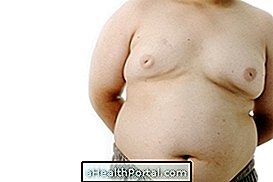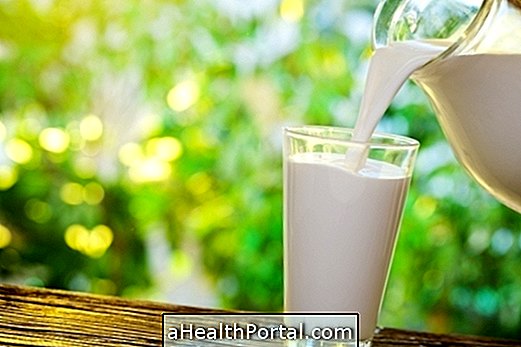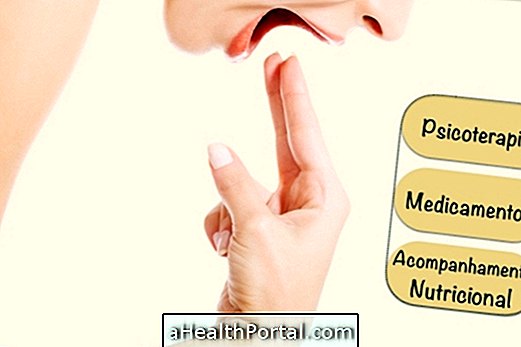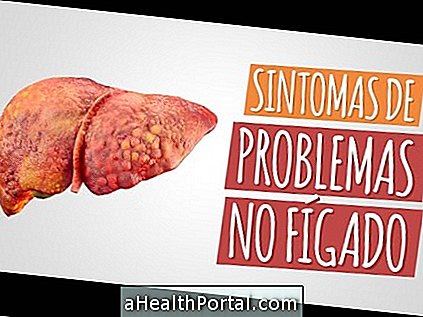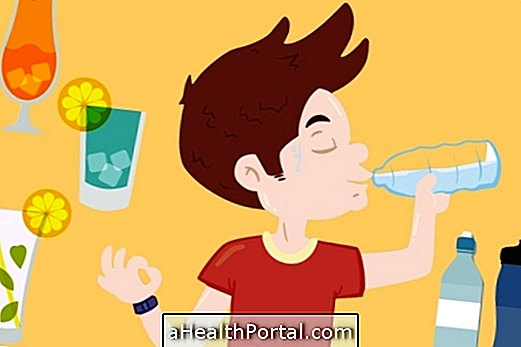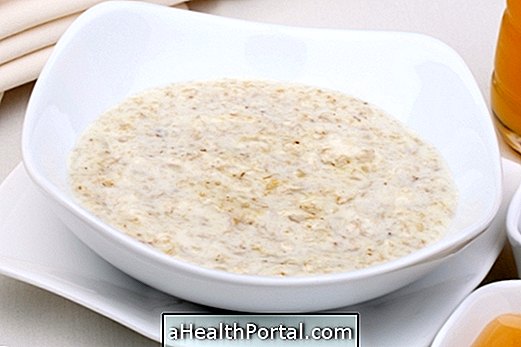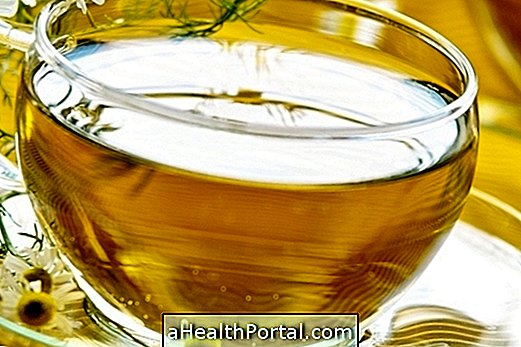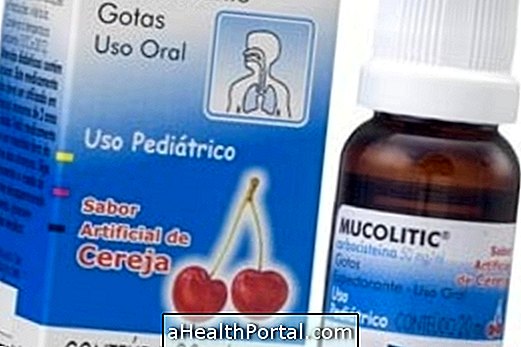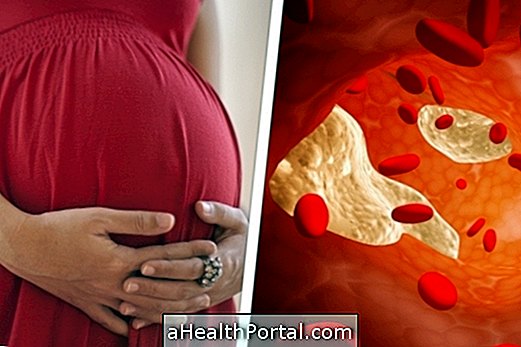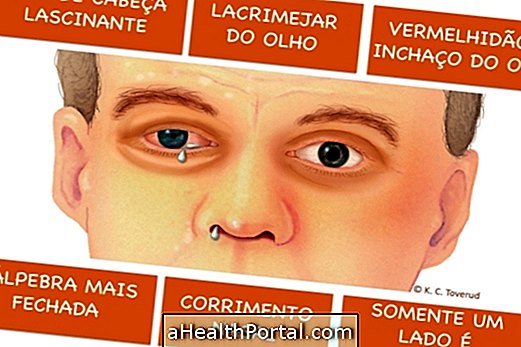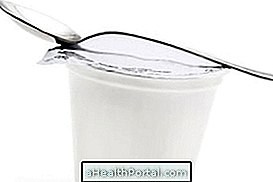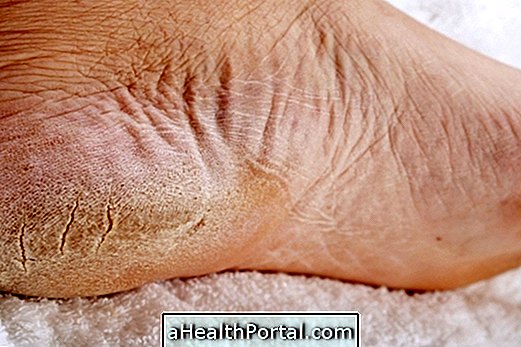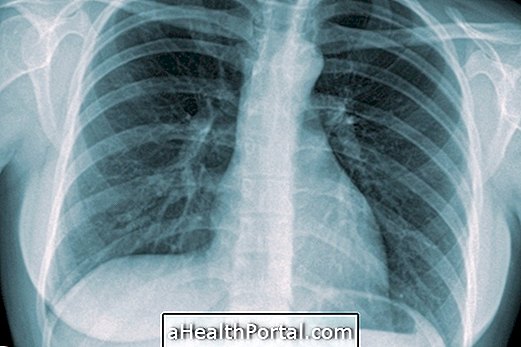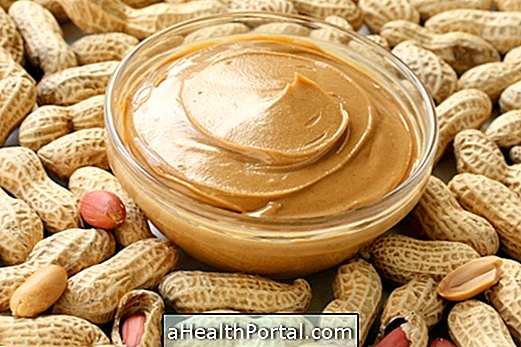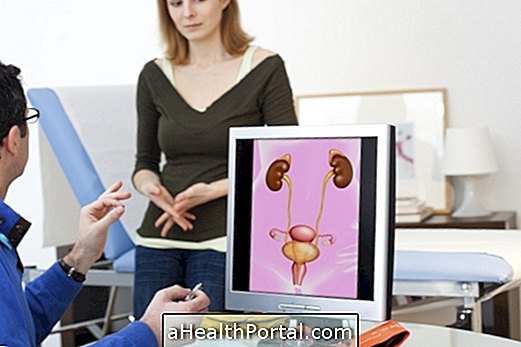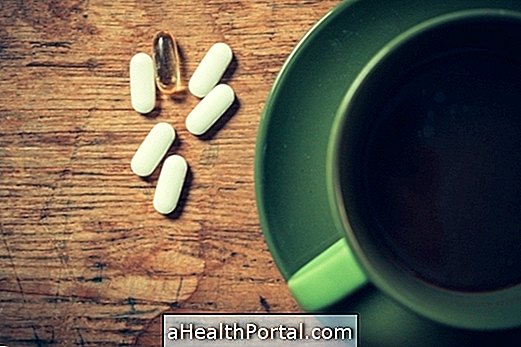It is possible to decrease the potassium of fruits and vegetables with simple strategies like peeling and letting the food of sauce and then cooking with enough water.
This helps in the control of kidney disease, diabetes, and is also useful for those who have had an organ transplant or have a change in the adrenal glands, for example. In this way potassium can be reduced by at least half.
Tips for lowering potassium in food
To reduce the potassium content of the vegetables you should peel and cut the diced vegetables before cooking, soaking them in water for 2 hours and adding enough water during cooking. In addition, you should change the water when the vegetables are half cooked and not use it at the end, because it will have more than half of the potassium in the food.
Other tips to follow are:
- Avoid using light or diet salt, matte tea and black tea;
- Avoid consumption of whole foods;
- Avoid consumption of alcoholic beverages;
- Eat only 2 servings of fruit a day, preferably cooked and shelled;
- Avoid cooking vegetables in a pressure cooker, steam or microwave.
It is also important to remember that patients who urinate normally should also ingest at least 1.5 liters of water to help the kidneys eliminate excess potassium.
See 5 healthy snack options for those who have kidney failure.
What are potassium-rich foods
For the control of potassium that the person can ingest daily, the doctor may suggest that all foods rich in potassium, such as beans, potatoes and bananas, are avoided, but virtually all foods contain potassium, as shown in the following image:
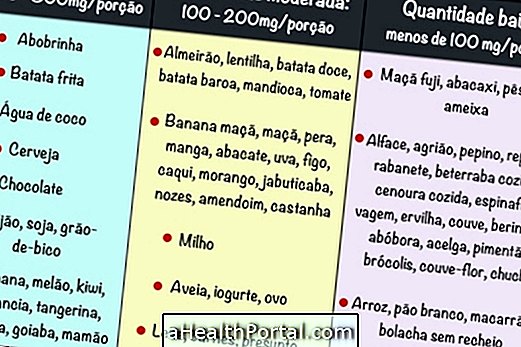
In the diet to control this mineral, the recommendation is to consume from 1000 to 2000 mg of potassium per day. In a normal diet, about 150 g of meat and 2 glasses of milk or yogurt already have almost 1000 mg of the mineral. See the amount of potassium in food here.
How to make a low potassium diet
To make a diet with low potassium intake, one should avoid foods rich in that mineral and still decrease their amount, in fruits and vegetables, following the strategies mentioned above. Here's an example of how to eat for 3 days:
Day 1
- Breakfast: skim milk with coffee + 1 French bread + margarine;
- Morning snack: 4 biscuits type Maria + 1 pear;
- Lunch / Dinner: 100 g of grilled chicken stewed + 4 cabbage. of white rice soup + lettuce salad, cucumber and peppers + 1 apple;
- Afternoon snack: 1 natural yogurt + 1 teaspoon of oatmeal + 1 slice of cake without filling.
Day 2
- Breakfast: 1 natural yoghurt + 4 standard toasts + curd + 6 strawberries;
- Morning snack: 5 cream cracker biscuits + 2 nuts;
- Lunch / Dinner: tuna pasta with tomato sauce + carrot salad, beetroot and boiled potatoes;
- Afternoon snack: oatmeal made with skim milk.
Day 3
- Breakfast: 1 glass of skim milk with 1 cabbage. of shallow soup of powdered chocolate + 1 French bread with butter;
- Snack of the morning: 1 slice of pineapple + 2 toasts with curd;
- Lunch / Dinner: 100 g put of cooked fish + 1 potato, 1 carrot, onion and cabbage cooked in plenty of water + 2 cabbage. of white rice soup + 1 cup of gelatin;
- Afternoon snack: 1 glass of fuji apple juice + 1 French bread with ricotta cheese.
It is also important to remember that the ideal is to go to a nutritionist to have the food done according to the needs of the person, and follow up to assess the need to take medications to control the amount of this mineral in the body.
High levels of potassium in the blood can cause heart palpitations, nausea, vomiting and heart attacks, and should be treated with changes in diet and, if necessary, with the use of medications recommended by your doctor. Understand what can happen if the potassium in the blood is changed.
